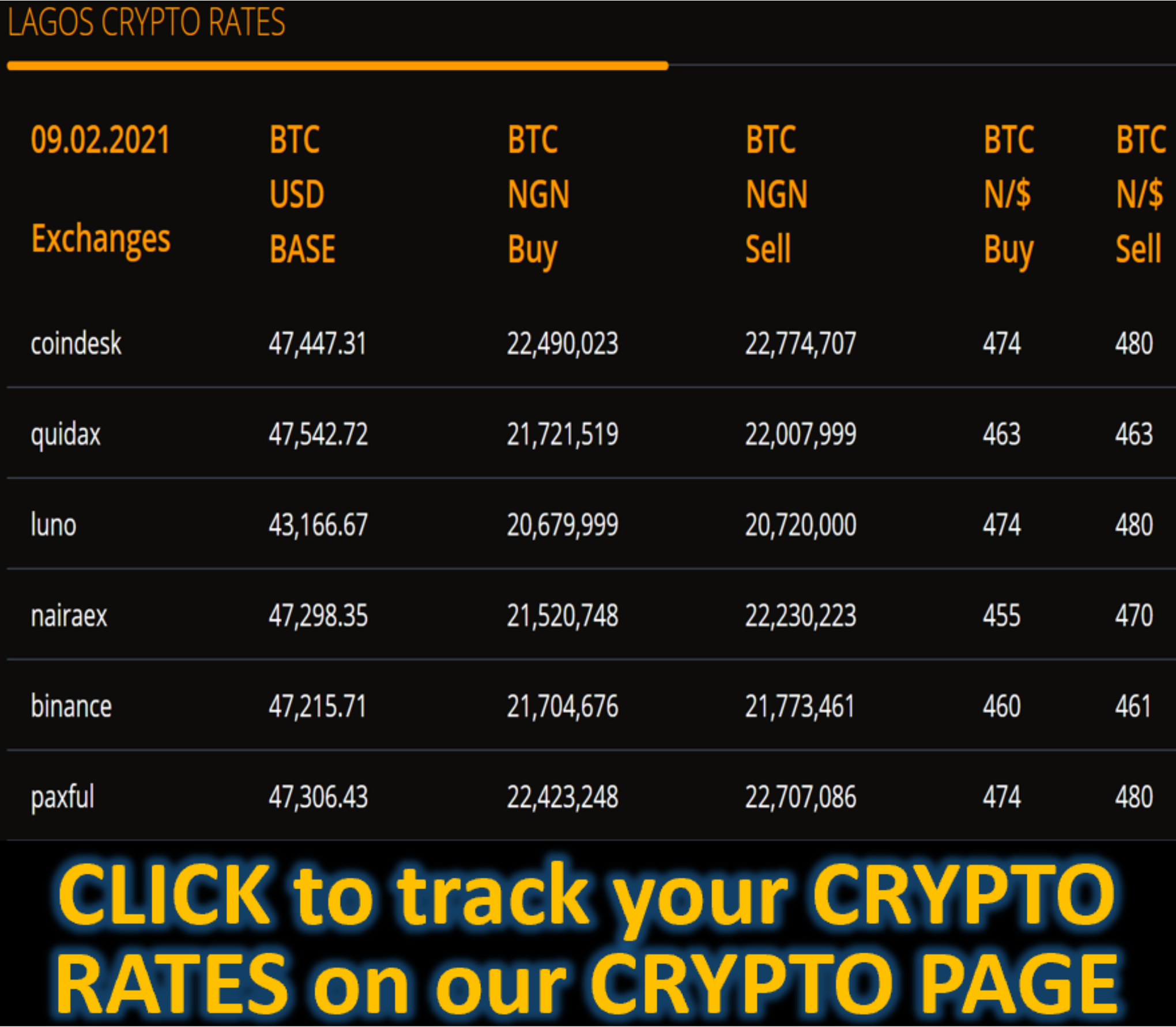Market News
Naira rallies to N1,455/$, its strongest since January 2025 - BUSINESSDAY
BY Chima Chima
The naira extended its rally at the official market on Thursday, closing at N1,455.42 per dollar compared with N1,480.33/$ on September 26, according to Central Bank of Nigeria (CBN) data.
The move cements the currency’s strongest showing since January and adds momentum to a recovery that is reshaping investor sentiment and easing inflationary pressure.
The currency has appreciated by 1.7 percent in less than a week, following a 3.3 percent gain in September. Analysts say the turnaround reflects a combination of improved foreign portfolio inflows, stronger external reserves, and the CBN’s aggressive liquidity management.
Capital flows are at their strongest in years. Net portfolio inflows into Nigerian equities and fixed income securities rose to N1.28 trillion ($824 million) in the first seven months of 2025, more than twice the level seen in the same period last year, according to data from the Nigerian Exchange.
The surge was boosted by Moody’s upgrade of Nigeria’s sovereign credit rating in September, which signalled greater confidence in ongoing reforms.
“The consistent interventions by the CBN and sustained inflows from foreign portfolio investors into both the equity and fixed income markets have improved the naira value,” analysts at CSL Research said in a recent report.
The CBN has also tightened liquidity, injecting over $200 million into the FX market in September while draining about N1.5 trillion from the banking system through two rounds of Open Market Operations (OMO).
The latest 83-day OMO cleared at 28 percent, far higher than the 16 percent yield on 91-day treasury bills, underscoring the premium being offered to attract capital and temper speculative demand.
Nigeria’s external buffers are rising in tandem. Gross reserves climbed to $42.2 billion by September 25, its highest in five years. This strengthens the CBN’s capacity to intervene in the market while reassuring investors that recent gains are not fleeting.
On the demand side, structural shifts are easing pressure. The Dangote Refinery shipped its first gasoline cargo to the United States in early September, an export milestone that could reduce the country’s reliance on imported fuel over time.
Imports of refined products dropped to 3.1 million tons in the first quarter of 2025, curbing FX demand. A renewed swap arrangement with China has also enabled more trade to be settled in naira and yuan.
Nigeria imported N14.14 trillion worth of goods from China in 2024, while exports to the Asian giant exceeded N3 trillion, according to the National Bureau of Statistics.
The stronger naira is already moderating consumer prices. Headline inflation slowed to 20.1 percent in August from 24.48 percent in January, marking five consecutive months of easing. This allowed the CBN’s Monetary Policy Committee to cut its benchmark interest rate by 50 basis points to 27 percent on September 20, its first reduction in five years.
The policy shift coincided with a September rate cut by the U.S. Federal Reserve, which boosted appetite for emerging-market assets and reinforced inflows into Nigeria.
Despite the stronger footing, analysts urge caution. Comercio Partners, a Lagos-based investment firm, observed that while the new policy mix has improved FX stability, sustaining it will depend on maintaining reserves and ensuring inflows do not falter.
Citigroup also warned that “if monetary easing outpaces inflows or reserves weaken, the naira could come under renewed pressure in 2026.”
For now, the rebound from a record low of N1,706/$ in 2024 to N1,455/$ today ranks as one of the most significant currency recoveries in recent years.
With reserves at multi-year highs, inflation cooling, and investors returning, Nigeria enters the last quarter of 2025 with a firmer currency and renewed optimism even though sustainability remains the ultimate test.









